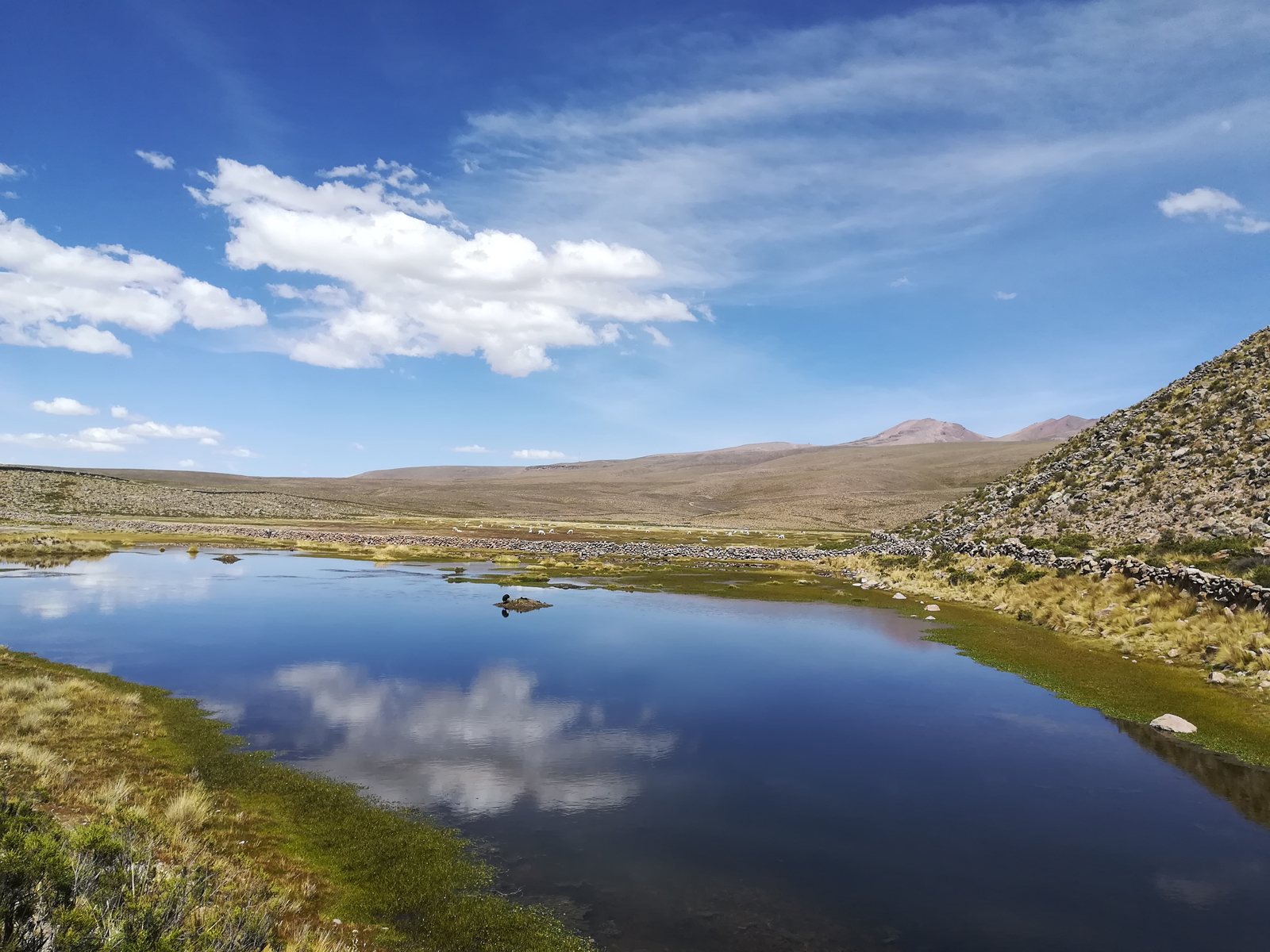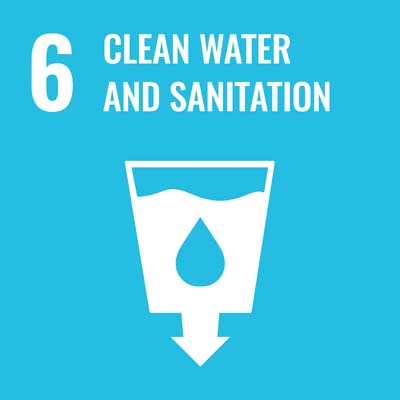Rapid economic growth coupled with urbanisation in Arequipa, Peru’s second largest city, has created a raft of societal and environmental problems. These include large-scale migration into the city and intense competition over natural resources, particularly in the context of meeting future water demands under a changing climate. Arequipa’s growing population needs water to meet domestic supply, as does irrigated agriculture, hydropower and the mining industries.
The water supply in Arequipa is threatened by climate warming in the Andes – the main source of water supply for the city.
The increased environmental pressures and concentration of water demands in an arid region has led to real concerns regarding the sustainability of traditional water sources unless long-term strategic water planning policies are implemented.
“When there’s competition on a scale and intensity like this, it’s always the most vulnerable members of society that lose out - the poor migrants, peasant communities, ageing small farmers. There’s always the danger of social unrest and increased social inequalities, particularly when natural resources are limited and there is a lack of appropriate governance mechanisms to regulate and manage them,” said Dr Gloria Salmoral, lead researcher. “It’s more important than ever that natural resources are carefully managed, there’s a strong institutional and governance framework in place, and that collaboration and co-operation across government bodies, the private sector and civil society is encouraged. There needs to be a recognition of the fundamental inter-dependencies between land, water and energy management for sustainable economic development.”
The research was carried out by Cranfield staff Dr Salmoral and Professor Jerry Knox, with support from local Peruvian partners (Grupo de Analisis para el Desarrollo, Pontificia Universidad Catolica de Peru and Centro Peruano de Estudios Sociales) to evaluate the opportunities for enabling effective collaboration with existing local initiatives. A workshop at the Universidad Nacional de San Agustin de Arequipa brought together stakeholders from across government and agencies responsible for domestic water supply, irrigated agriculture, hydropower, and mining, alongside people involved with land planning and environmental conservation. The event highlighted the acute need for an integrated vision in water and land planning to cope with extreme climate events, as well as identifying the underlying reasons for land and water planning failure as a consequence of weak governance.
Dr Salmoral added: “Importantly, there was the chance to identify common ground interests amongst farmers, mining, policy makers and NGOs regarding the sustainable management of natural resources. There’s now a basis and appetite for a future integrated water planning strategy, stronger governance and established spaces for dialogue and collaboration between different institutions and representative bodies in Arequipa.”
The research has also initiated critically important collaboration between the two largest urban areas in Peru, Arequipa and the capital Lima, and a long-term commitment for supporting knowledge exchange and collaboration between Cranfield research staff and colleagues in Peru.



